One of the most influential creatives of his generation, Richard Sapper was a German designer whose contributions to the industrial design sector can be seen through his homeware, electrical and electronic devices, lamps and luminaires, automobiles, and furniture. Sapper’s most iconic product design, the Tizio lamp, launched in the 1970s and a top seller for Artemide, turns 50 this year. This lamp, which employs the counterweight system and stands tall and wide like an organism, has, once again, managed to effortlessly evoke the remembrance of Richard Sapper and his phenomenal body of work. “There are only four to five important lamps in the world. Tizio is one of them,” declared Ernesto Gismondi, the Founder of Artemide, on one occasion.
To mark the completion of fifty years since its launch, Artemide re-releases the lamp in white and another new colour, red. Red is both the colour of Artemide’s logo and the tone used by Sapper to accentuate many of his designs. On this occasion, Richard Sapper’s daughter Carola Sapper fondly remembers the many values that her father imbibed in her and inspired in fellow designers: “My father was a man of strong moral principles. Professionally, he was a curious man, he liked exploring and discovering new things, he believed in improving life through innovation and form. He worked on his designs to the point where he saw no more room for improvement, he strived for perfection, all the while enjoying it immensely!”
A regular collaborator with renowned brands such as Artemide, Alessi, B&B Italia, IBM, Kartell, Heuer, Lenovo, Molteni and Knoll, among others, Sapper, an industrial designer, was responsible for creating some of the most iconic and recognisable design identities from across the globe. He left an impressive legacy and a uniquely diverse body of work that still inspires designers today. A Munich native, he studied business at the University of Munich, Germany and then decided to explore the realms of design, commencing his professional career in the styling department of Mercedes in Stuttgart. In the 1950s, he relocated to Milan, Italy and continued his creative practice there. Characterised by pure forms and cleanly defined elements, Sapper’s creations were an optimal balance of technical innovation and creative prowess. Some of his celebrated designs include the TS 502 radio and the Algol television for Brionvega, the Microsplit stopwatches for Heuer, the 9090 espresso maker and 9091 water kettle for Alessi and the ThinkPad laptop series for IBM and Lenovo.
Several of his innovative designs are still in production today, and they can be found in the permanent collections of museums such as the Design Museum in London, the Museum of Modern Art in New York, the Die Neue Sammlung museum in Munich, and the Centre Pompidou in Paris. “It makes me happy when I spot the Tizio lamp, or make coffee with his Alessi espresso maker, or sit on the Nena or Tosca chairs, or work on a ThinkPad, or marvel at the details of his Zoombike bicycle, or touch his Laser door handle to open a door. The Bandung teapot for Alessi is a true marvel, an object so beautiful that I display it on my shelf like a piece of art. I believe many people feel the same way, which is why so many of his products have become enduring icons,” says Carola Sapper, reminiscing her father’s unique legacy.
The Tizio lamp, designed by Sapper for Artemide in 1972, is a sleek and graceful creation that sometimes resembles a water bird and at other times, an elegant crane. An enduring example and icon of Italian design, the lamp serves as a specimen of expressive minimalism and functionality. “Richard Sapper and Ernesto Gismondi, the Founder of Artemide, met in the late sixties, when Artemide was still a very small company, a start-up really. They connected immediately over their interest in engineering and love for sailing. In the early seventies, Ernesto asked Richard to design a desk lamp for Artemide. Richard showed him models for the Tizio. At the time, the Tizio was revolutionary. It featured a completely new technology and was unlike previous desk lamps,” Carola recalls.
The counterweight system employed in the lamp enables the adjustment of the direction of light. The arms of the lamp conduct electricity, thus ensuring that the wiring does not remain exposed. While the original Tizio lamp was illuminated using a halogen bulb, the 50th anniversary special edition of the lamp also offers the option of integrating an energy-efficient LED bulb. The mysterious-looking lamp gained popularity in the early 1980s, when the piece could be found in both residences and offices of executives. Since then, the lamp has been sold in millions across the globe.
“After the launch of the lamp, for years, only a few units of the Tizio sold. I think the market was not yet ripe for a product that was so different, so innovative. It is more or less the first lamp that can be precisely balanced through the sophisticated distribution of weights. Its principles are absolute mobility and absolute harmony,” reads an excerpt by the late Ernesto Gismondi in the book Richard Sapper. Werkzeuge für das Leben by Uta Brandes.
The lamp was designed by Sapper as a response to a problem that he regularly encountered. In Sapper’s own words, he was “a messy person with no space on my desk to put a lamp, except the farthest corner of my desk because the rest of the surface would be heaped with things. I needed a lamp with a very long swivel arm.” Thus, the Tizio lamp was born, with its long counterbalanced arms, which ensured that the light beam could reach far across the table. The sharpness of the design was maintained further by eliminating the need for wires. This was done by delegating the role of an electrical conductor to the arms of the lamp. The base of the lamp, on the other hand, not only concealed a transformer which could reduce the voltage and allow the user to grasp the body safely, but also lowered the centre of gravity, hence ensuring balance and stability. Sapper used halogen bulbs—typically used in cars at that time—for the lamp to reduce the radius of the light source and ensure a focused beam line.
Sapper’s experiments in form, design and materials to guarantee the free movement of the light source led to the making of this physically and visually balanced piece of lighting design piece. The spider-like thin and light arms of the lamp, connected to each other with a press button system, make for an animated design creation. Sapper initially intended to only find a mechanical solution to the problem of directing light. However, the process led to the creation of the Tizio lamp, which has continued to retain the status of an iconic lamp design even today.






 Sign in with email
Sign in with email


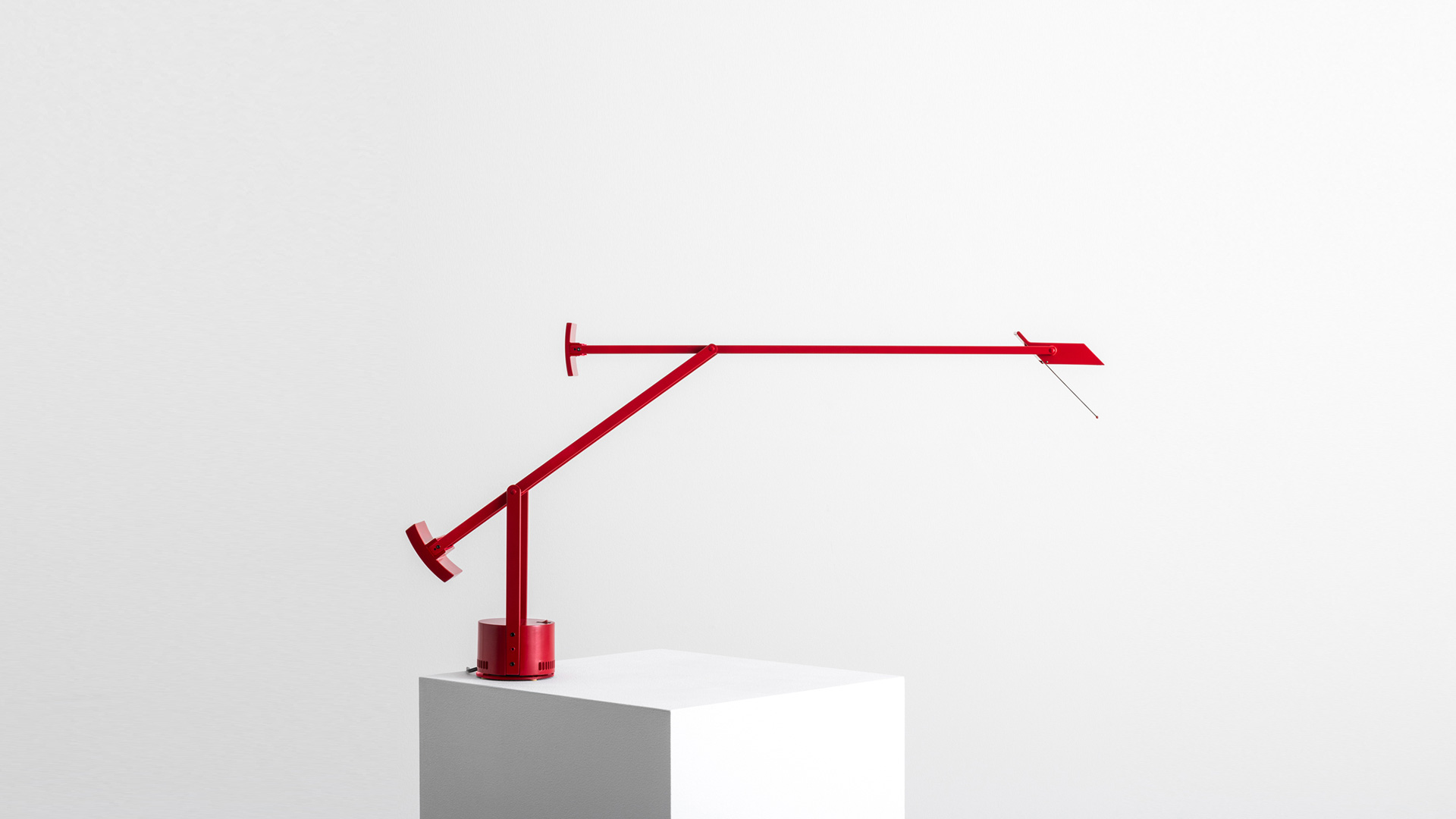
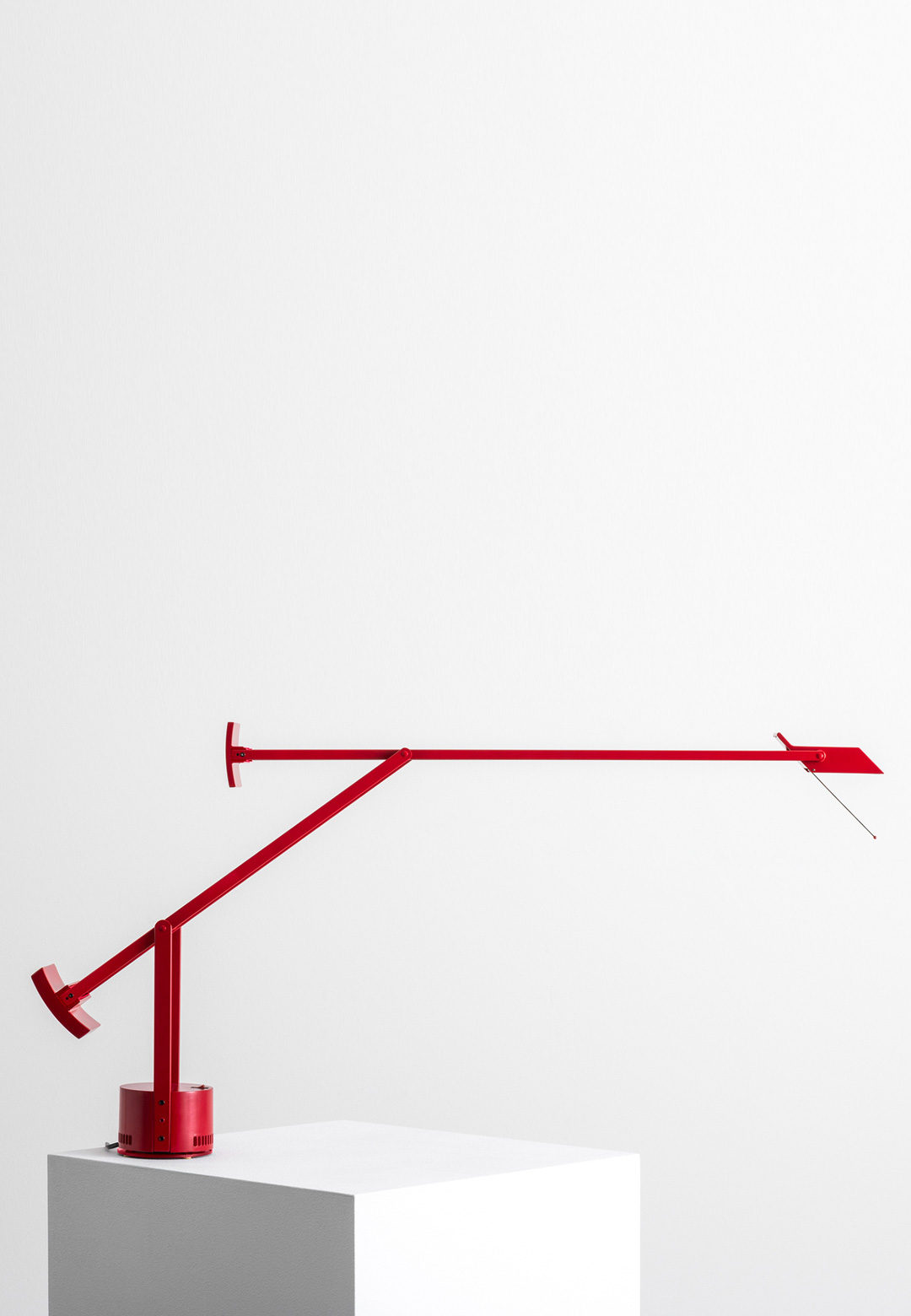
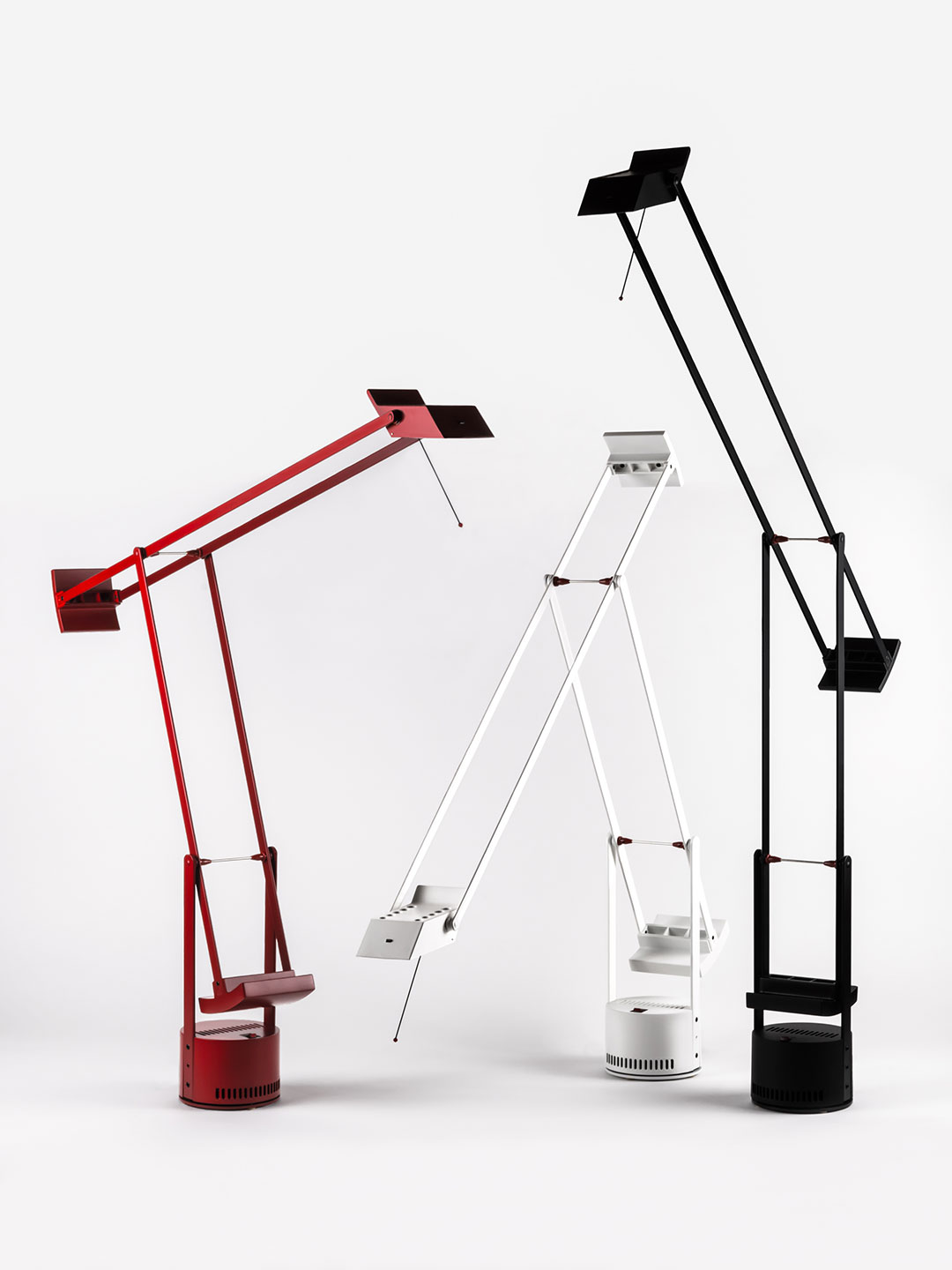
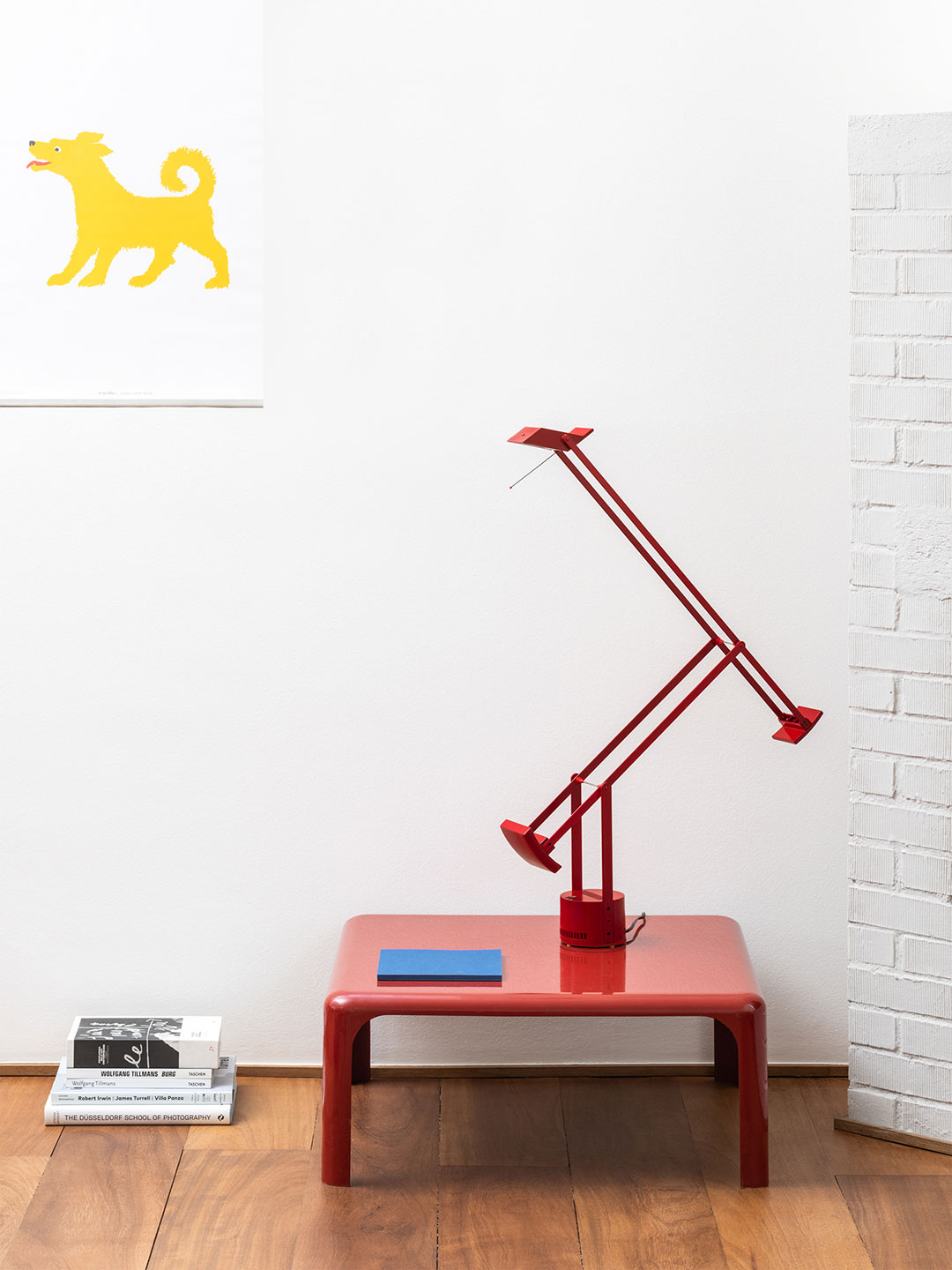
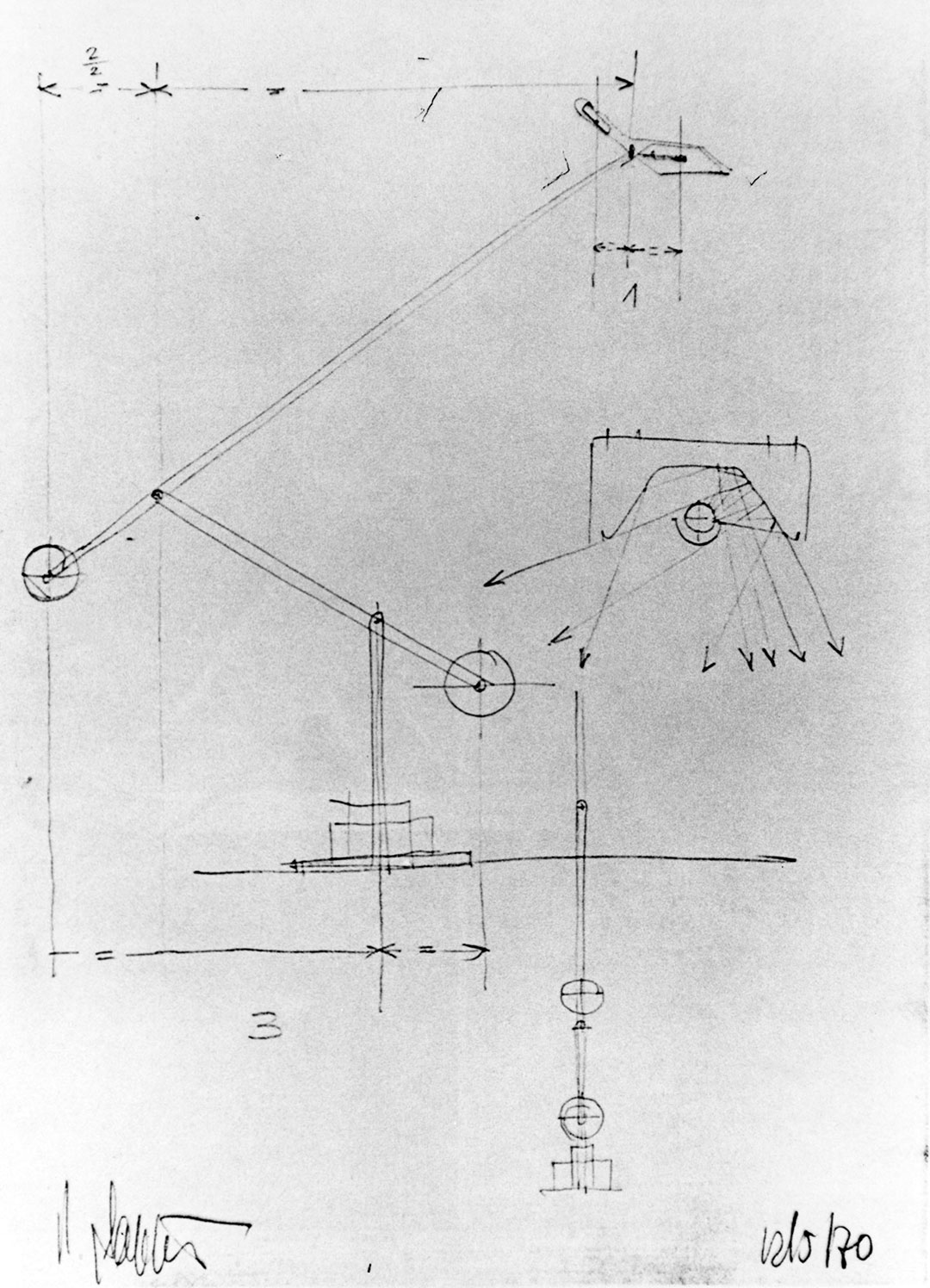
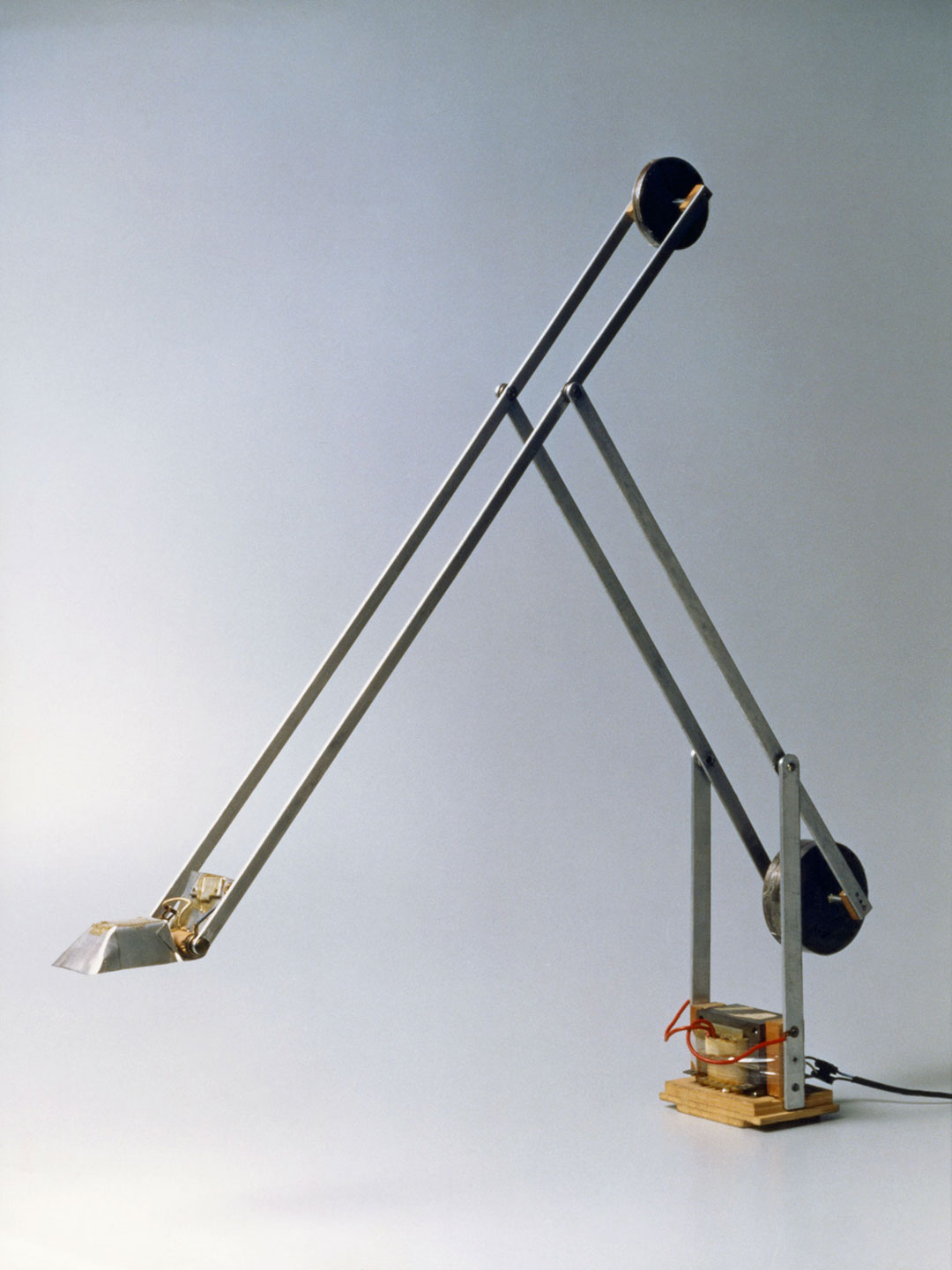

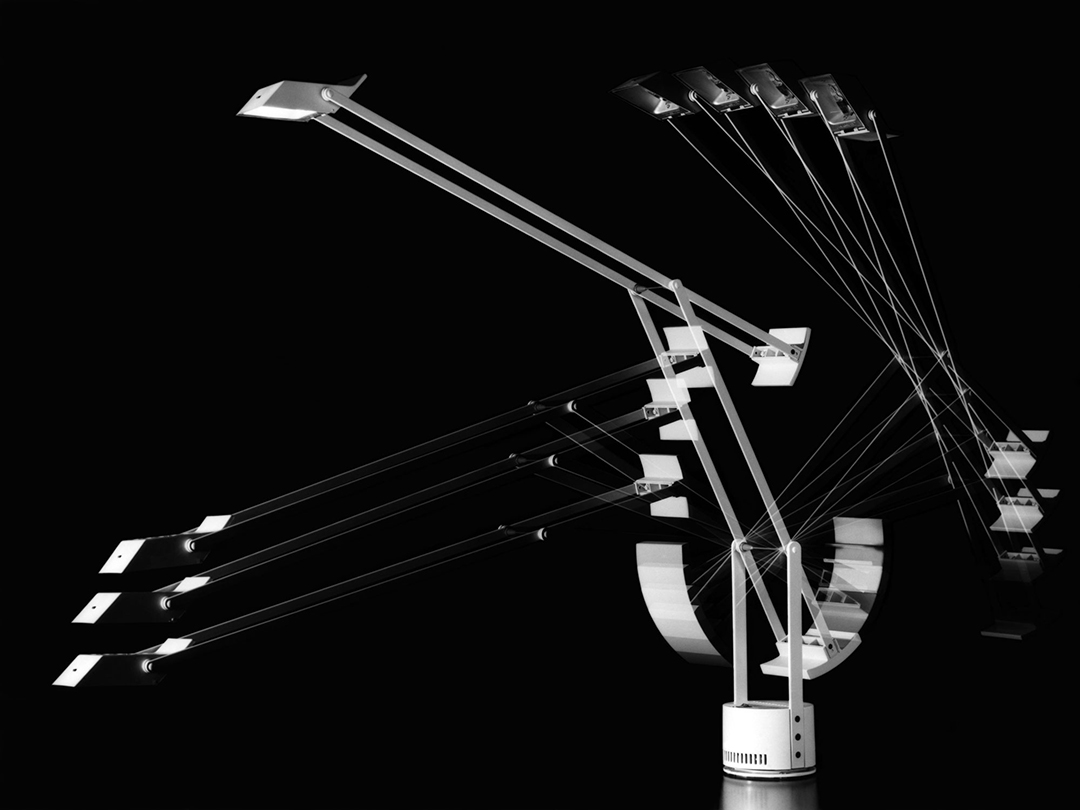
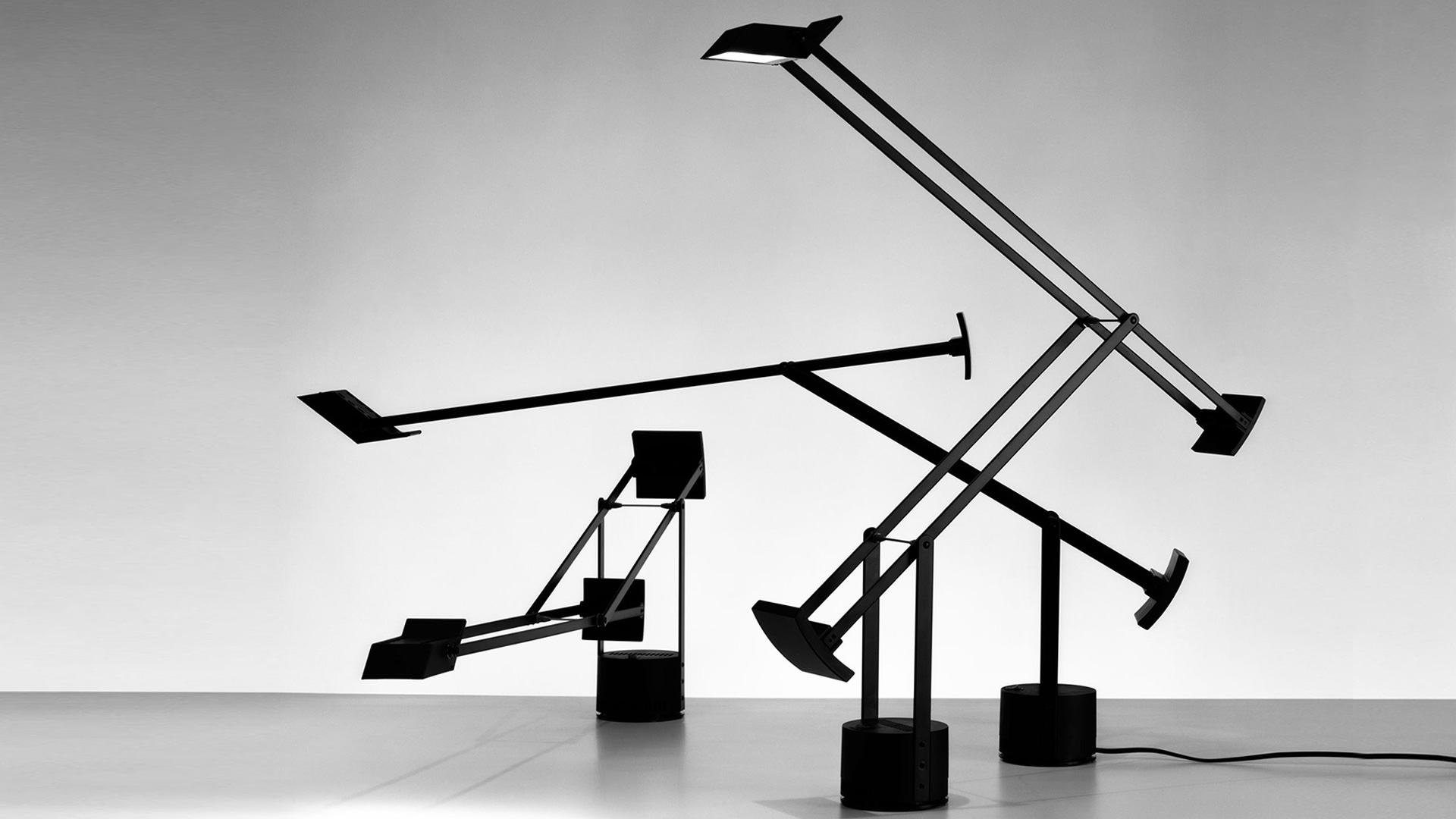






What do you think?